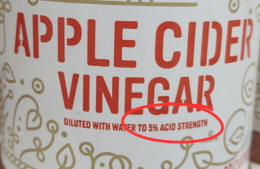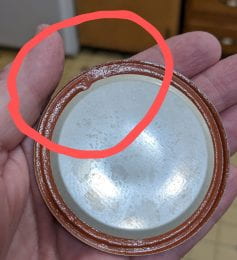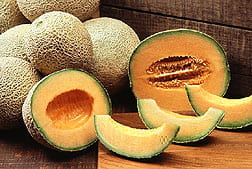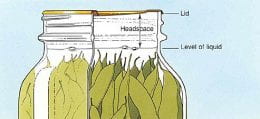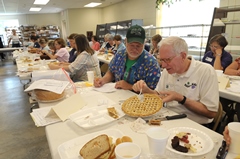So you saved your tomato crop in the freezer. Can those frozen tomatoes be canned?
It is not recommended to can tomatoes that froze on the vine. This is because the acid content changes too much, while on the vine, making them unsafe for canning.
But tomatoes harvested prior to a fall freeze, then frozen, do not change in acidity. What does change is their texture and how they measure.
The best choice for canning previously frozen tomatoes is to make a well cooked product such as a stewed or crushed tomato product, or made into tomato juice or sauce.
It is not recommended to can them whole or quartered. They will pack into the jars differently, absorb moisture differently, and the heat transfers through the jars differently. This could lead to under processing and spoilage. Tomato canning recipes are based on fresh tomatoes.
Source: University of Georgia


